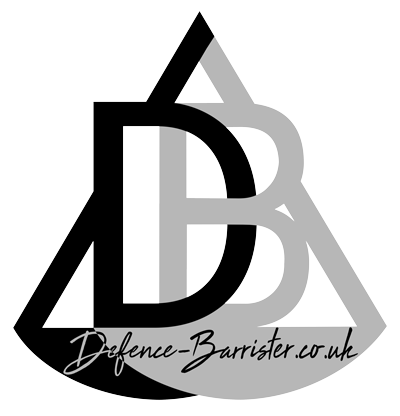Presenting and proving the case for the prosecution
All Contents > Crown Court Trial > Jury > Prosecution Case > Defence Case > Judge's Summing-Up > Verdict
“The prosecution advocate will set out what the prosecution case is - i.e. the charges (counts) the defendant faces and the facts relating to those charges. The prosecution advocate will also explain what the defence to each charge is, in order to allow the jury to focus on the main issues. ”
On this page …
Opening Speech by the Prosecution
Statement of issues by the Defence
How does the Prosecution prove its case?
Witnesses - Examination-in-chief, Cross-examination and Re-examination
Agreed Evidence - reading Witness Statements and Agreed Facts
What does the Prosecution case consist of?
When will the Prosecution serve its case?
Responding to the Prosecution Case
Case Management in the Crown Court - the PTPH
Further Case Management Hearing (FCMH)
Defendant’s Record of Interview
‘No Comment’ interviews
Close of Prosecution case
Reopening the Prosecution case
Prosecution Closing Speech
Prosecution Closing Speech example
Opening Speech by the Prosecution
The prosecution case starts with the prosecution opening its case to the jury.
The prosecution advocate will set out what the prosecution case is - i.e. the charges (counts) the defendant faces and the facts relating to those charges. The prosecution advocate will also explain what the defence to each charge is, in order to allow the jury to focus on the main issues (the areas in dispute).
For example, in a charge of GBH, the prosecution might say,
“The defendant accepts punching Mr Archer and accepts causing him serious injury, but explains that he did so not as the aggressor, but rather to protect himself from attack. He therefore says that he acted in lawful self-defence.”
The opening speech is not evidence in the trial, but rather an outline of what evidence the prosecution intends to call to prove its case.
The prosecutor will steer clear of going into a detailed explanation of the law unless necessary to open the case clearly. The judge will explain the law to the jury at a later stage of the trial (during the summing-up) so there is usually no need to do so at the start.
Whilst opening the case the prosecutor will usually hand to the jury a copy of the Indictment containing the counts faced by the defendant.



















